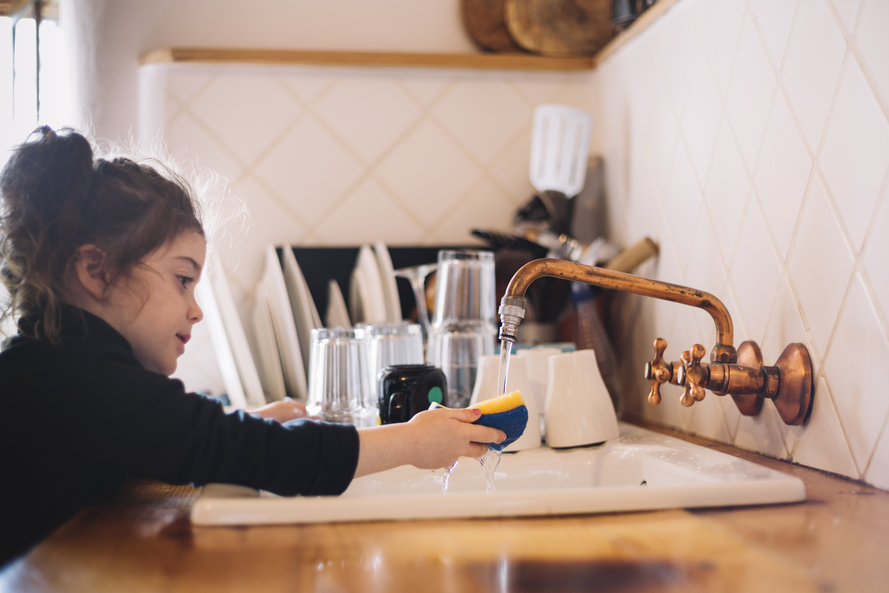With today’s high inflation costs, finding ways to lower your household bills is more important than ever. Decreasing the amount of water you and your family use is a great place to start.
Water is used in countless daily household indoor and outdoor tasks, from cooking to bathing. Although upgrading to efficient fixtures is one of the best ways to save water, there are other less costly ways, too. Below, we’ll review some of the easiest ways to conserve water at your Etobicoke or Toronto home.
Conserving Water in the Bathroom
Start by using your toilet only for what it’s intended for – and not as a wastebasket. Each time you flush a tissue or other small amount of garbage, you waste gallons of water.
If your home has older toilets, look into replacing them with low or dual flush models. A dual flush toilet can use less than 70 percent water during flushes!
A low-flow showerhead is another great upgrade to make to your bathroom. They use less than 2.5 gallons per minute and often come with a cut-off valve that allows you to prevent the flow of water. This helps reduce the total amount of water you use during each shower.
Add an adjustable toilet flapper for extra savings. They ensure the flush rate is the minimum needed during each flush use while still achieving a single good flush.
Conserving Water in the Kitchen
Fill your sink with water instead of leaving the tap running during food prep or clean-up. Install a simple low-flow aerator to reduce the amount of water flowing from your kitchen sink tap.
As for your dishwasher, only turn it on when it’s completely full. Scrape dirty dishes rather than rinse them before putting them in the unit. If you’re in the market to purchase a new dishwasher, choose one that has a “light-wash” option.
Conserving Water While Doing Laundry
Upgrading to a high-efficiency washing machine will eventually pay for itself over years of water and energy conservation. Many new washers use less than half of the energy per load compared to older models.
When you have laundry to do, try waiting until you have enough to complete a full load. If a partial load is necessary, remember to use the appropriate water level.
Since the permanent-press cycle uses additional water for an extra rinse cycle, it’s best to avoid it.
If you are upgrading your laundry room to include a high-efficiency washing machine, learn more on our Efficient Laundry Room Plumbing blog.
The Key Takeaway
Fixing leaks in any of your household’s plumbing is also essential to saving water. Complete a quick inspection under sinks to check for water damage or inspect your water meter’s leak indicator to see if there’s movement. Dripping faucets can lead to huge water waste, so get them repaired by a professional Etobicoke plumber right away.
Remember, conserving water at home does more than save money on your utility bill – it helps the environment, too. By following the tips above, you’ll be well on your way to achieving both!
